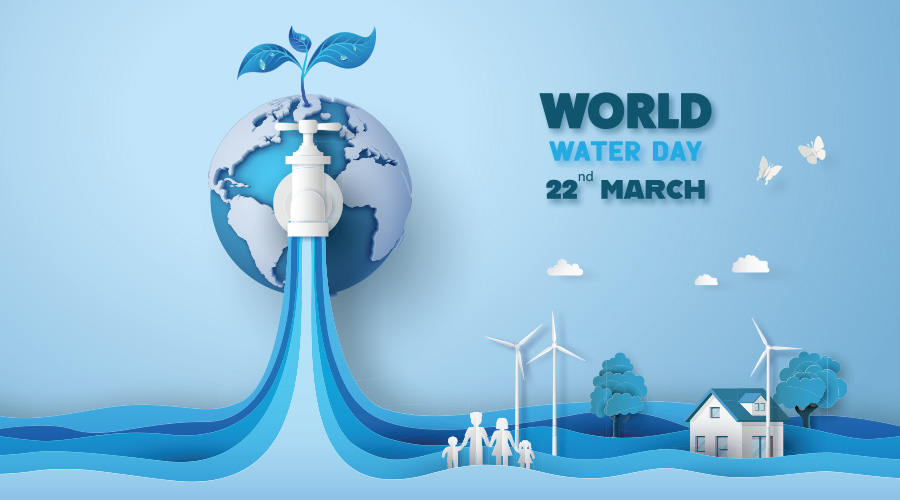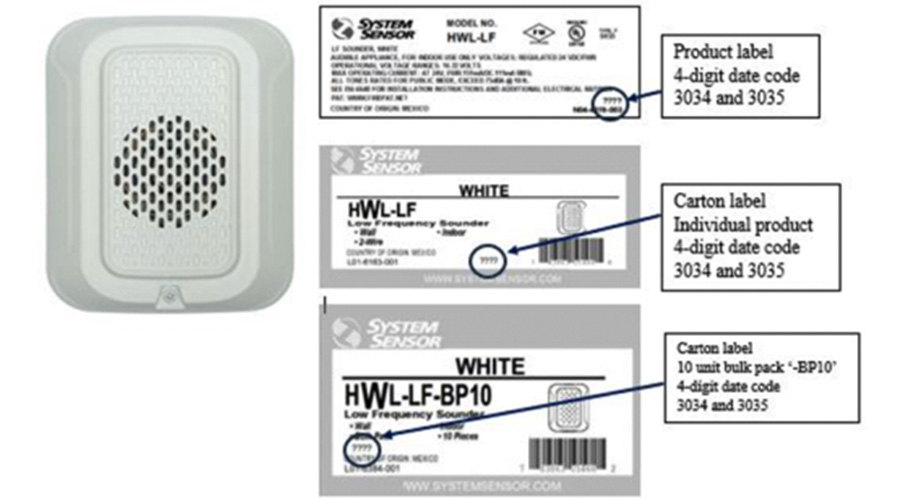
World Water Day: Showcase Your Conservation Efforts
On March 22, facility managers should share how their restrooms and grounds are saving water March 22, 2024
By Dan Weltin, Editor-in-Chief
March 22 is World Water Day. Facility managers should use this day as an opportunity to promote all their water conservation efforts to the C-suite and building occupants.
All across the world, and even in parts of the United States, this precious resource is already becoming scarce. For example, the recent record warm winter will likely create drought conditions in the Midwest this summer.
There are many areas in a building where facility managers can make a difference.
The restroom is perhaps the most obvious place to save water. Flushometers, touchless faucets and waterless urinals are all easy-to-install products that can limit water usage. Internet of Things sensors can also be added to restroom fixtures to quickly detect and alert managers of water leaks.
Outside the facility, smart irrigation systems that utilize local weather data to set run times are another way to maximize efficient water use. This smart technology can also detect leaks early. In worst-case scenarios, irrigation leaks can lose thousands of gallons of water.
Blue roofs use a rainwater retention system to provide controlled drainage of water from a low-slope roof. The retained water can be stored on the roof and used for other building needs – such as irrigation, cooling the building, or for gray water in toilets and urinals.
World Water Day is a United Nations (UN) observance coordinated by UN-Water. Every year, it raises awareness of a major water-related issue and inspires action to tackle the water and sanitation crisis. As climate change impacts increase, and the global population grows, the world must unite around protecting and conserving water.
Dan Weltin is the editor-in-chief of the facility market. He has more than 20 years of experience writing about facility-related issues.
Next
Read next on FacilitiesNet












